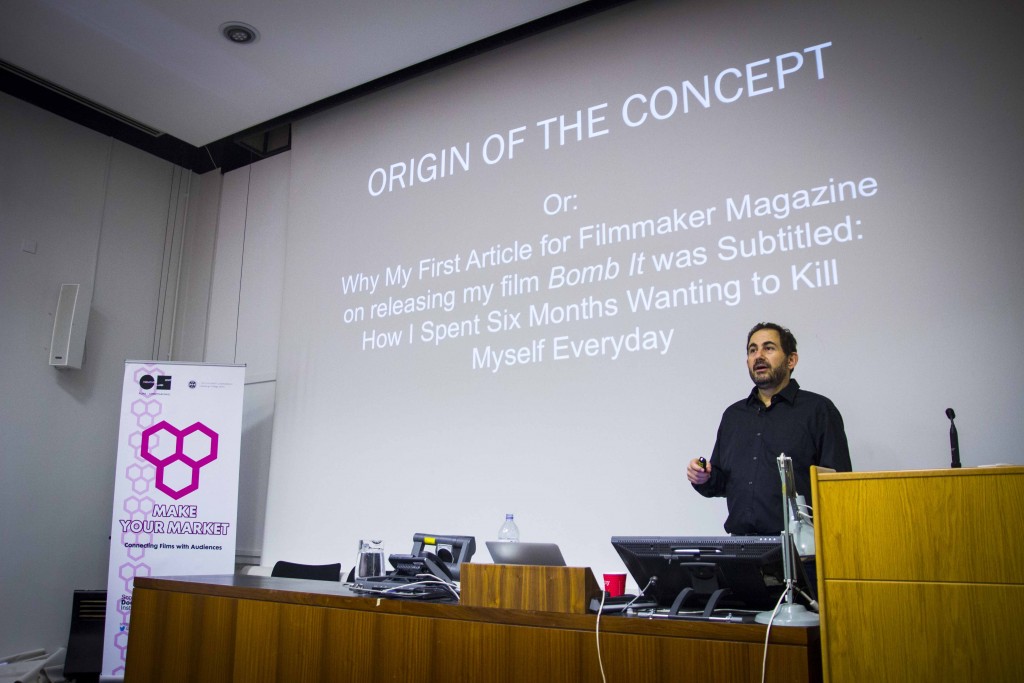What the F is a PMD and Why Do We Need One?

Back in 2010, two weeks before I went to print on Think Outside the Box Office, I coined a new crew position: the Producer ofMarketing and Distribution. This concept/position has taken off in varying fits and starts over the last five years – with people calling themselves and being credited as PMDs in the United […]
PMDs In Action
As you know, Sheri Candler, and I have been reaching out to working Producer’s of Marketing and Distribution (PMDs) and a few have contacted me with some festival and awards news: Stephen Dypiangco who is currently working as a PMD on “How to Live Forever” by Mark Wexler is also working as a PMD on a […]
Interview With Cassidy At SXSW
This was published today on Living Proof Magazine. SXSW INTERVIEW | FILMMAKER JON REISS By CASSIDY Jon Reiss has spent the last 30 years making badass documentary films about punk rock, the rave scene, and graffiti. You have almost certainly seen his film Bomb It, a feature length documentary about global graffiti culture. The film […]